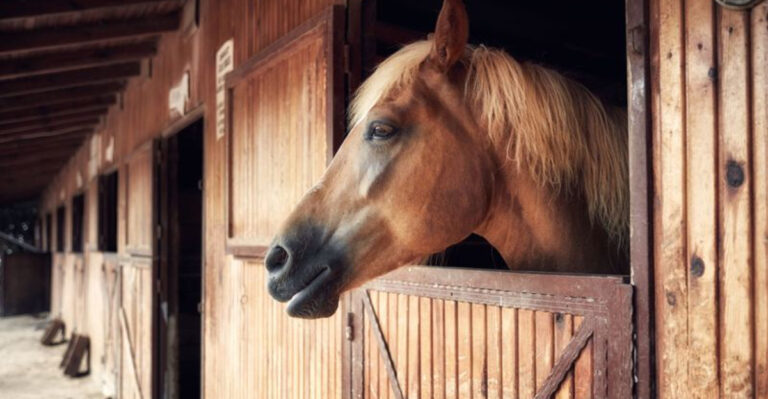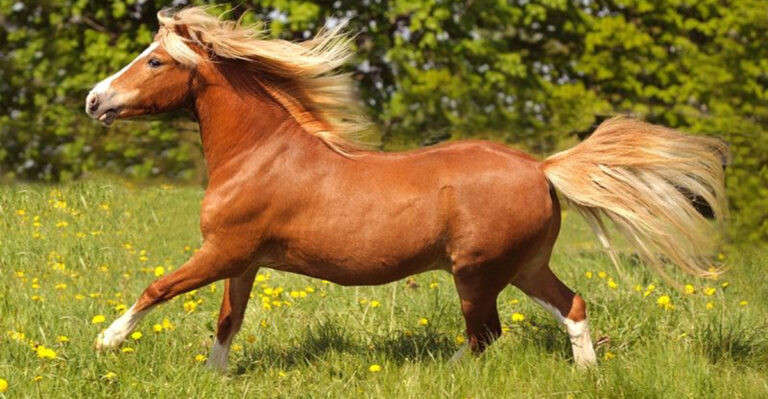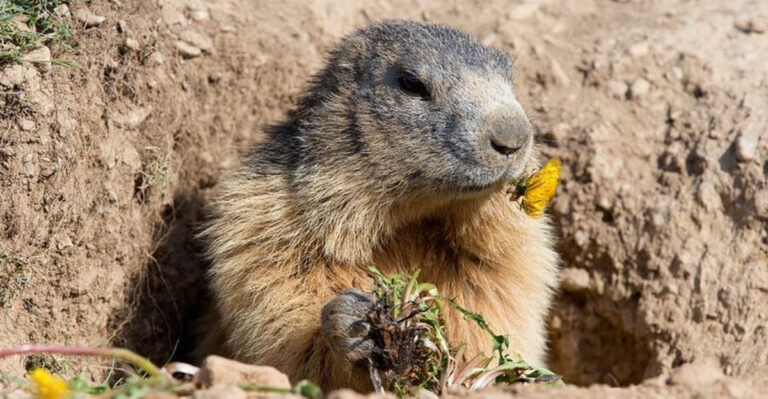The Honduran White Bat: 10 Fun Facts About This Pocket-Sized Wonder
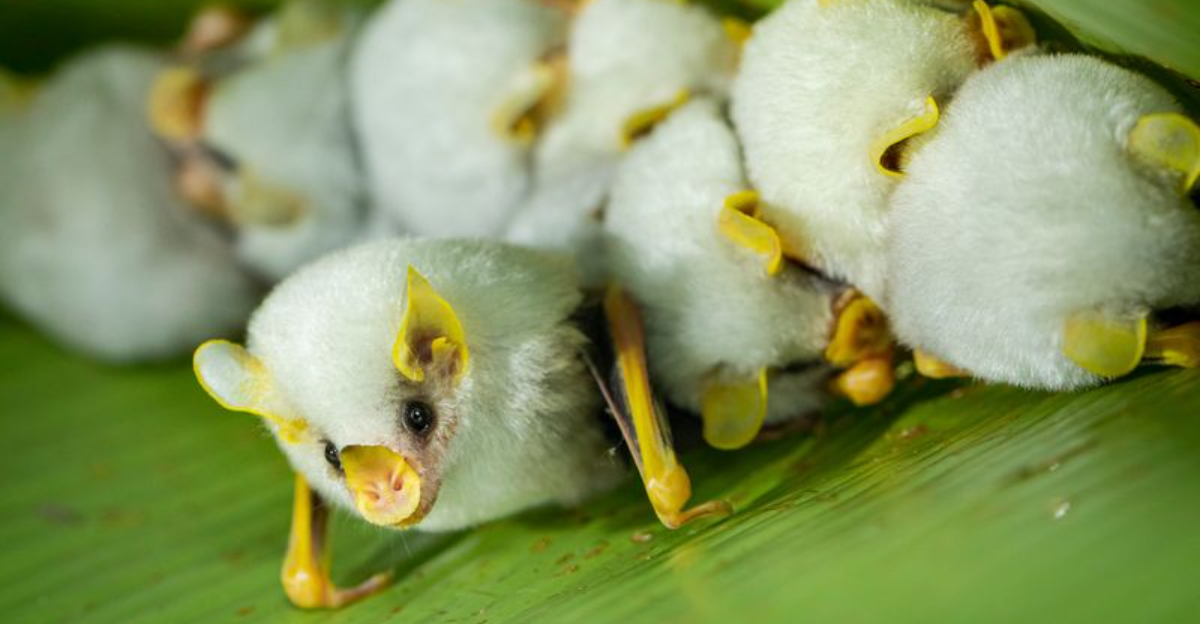
Imagine a bat small enough to fit in your palm and covered in snowy white fur. Meet the Honduran White Bat, a creature that’s as intriguing as it is adorable.
These tiny bats are not just a sight to behold; they play a crucial role in their ecosystem. Let’s uncover some fascinating tidbits about these pint-sized wonders!
1. A Marvel Of Miniature Size
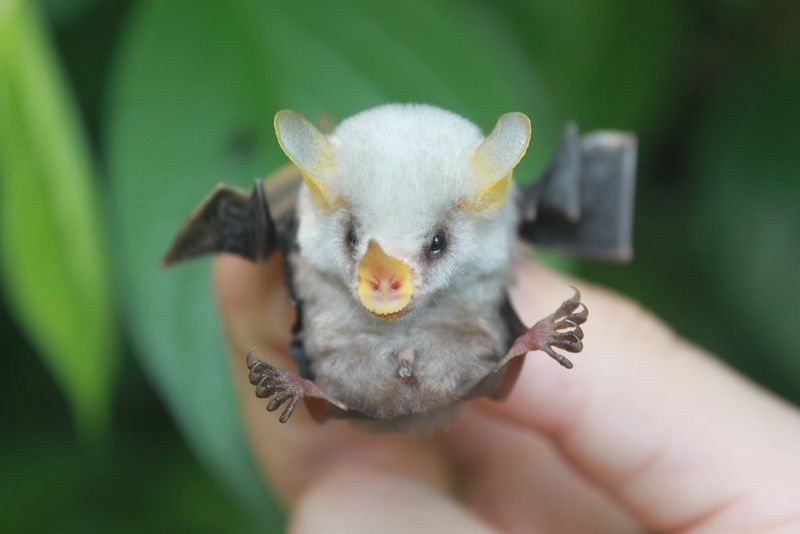
Ever seen a bat so small you could mistake it for a fluffy marshmallow? The Honduran White Bat is a mini marvel, measuring just 1.5 to 2 inches long.
Their petite size might make you wonder how they manage to get around, but these little flyers are perfectly adapted to their rainforest homes. You might even think of them as the hummingbirds of the bat world.
Their tiny stature is not just for show; it allows them to hide among leaves, evading predators.
2. Unique Leaf Tents
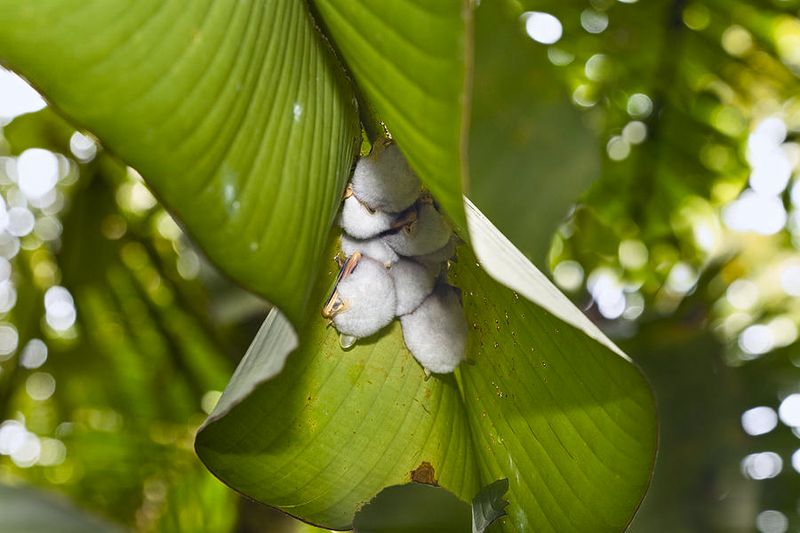
Forget about caves; these little bats have a penchant for camping. Honduran White Bats create unique ‘tents’ by nibbling on large leaves until they fold into a cozy shelter.
This practice not only provides protection from rain but also keeps them hidden from predators. It’s like having a portable home in the jungle.
This quirky behavior sets them apart from their bat cousins, who prefer dark caves.
3. Not Your Typical Bat Color
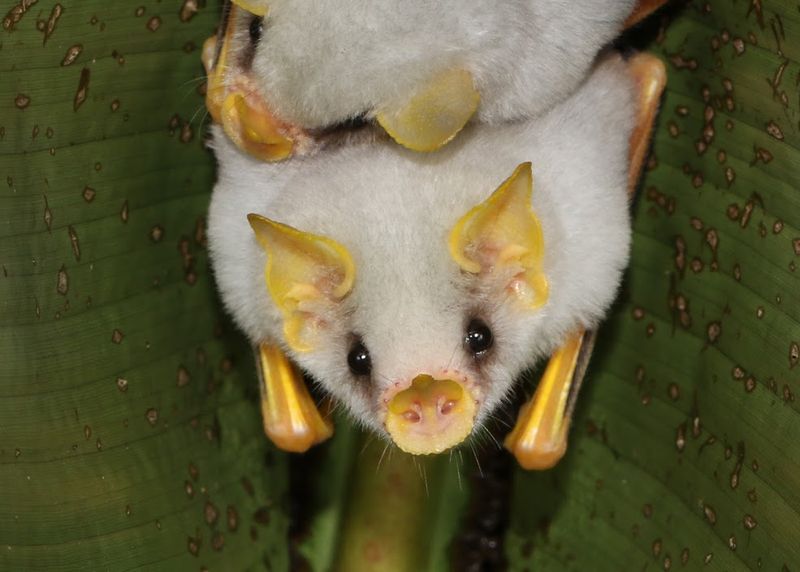
Most bats are cloaked in shades of brown or black, but the Honduran White Bat breaks the mold with its snowy white fur.
This striking coloration isn’t just for aesthetics – it helps them blend in with the light filtering through the rainforest canopy.
The yellow nose and ears add a splash of color, making them one of the most visually striking bats. It’s like Mother Nature decided to have a little fun with the color palette!
4. Social Sleepers
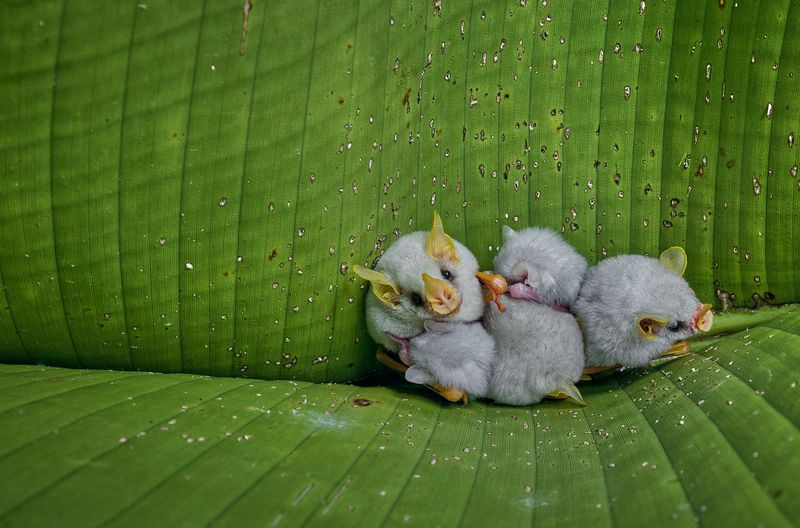
Honduran White Bats love company, especially when it’s time to catch some Z’s. These bats are social sleepers, often found snuggled in groups under their leafy tents.
Sharing space helps them stay warm and offers extra protection from predators. It’s like a sleepover party every night in the rainforest!
Their social behavior is not just heartwarming; it’s a survival tactic that ensures they thrive in the wild. Quite the social butterflies, wouldn’t you agree?
5. Camouflage Masters
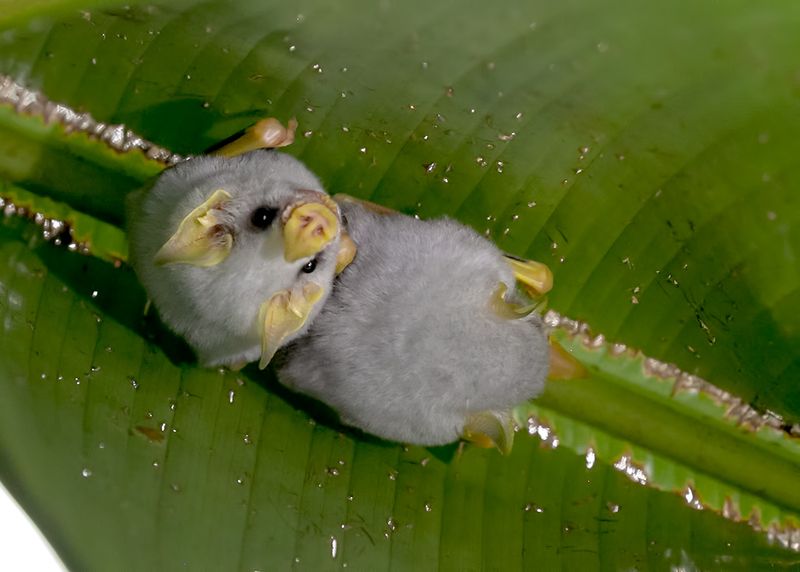
Did you know these bats pull off a magical trick by changing shades? Their white fur surprisingly reflects the green hues from the leaves around them, allowing them to blend seamlessly with their environment.
This camouflage helps them stay hidden from predators. It’s like having a built-in wardrobe that changes with the seasons!
This fun fact adds another layer to their already intriguing existence. Who knew bats could be so colorful, literally?
6. Tiny Fruit Lovers
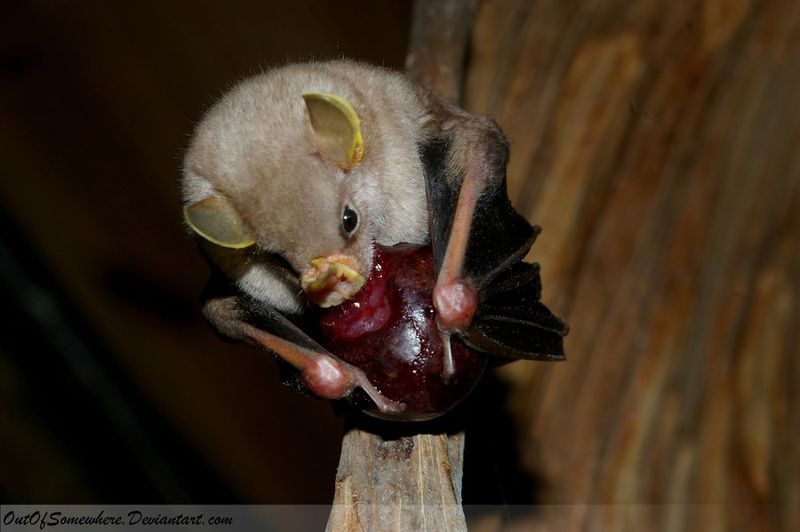
If you thought bats only had a taste for insects, think again! The Honduran White Bat is a fruit enthusiast, with a diet consisting mainly of figs.
Their fruit-loving habits play an important role in seed dispersion, contributing to the health of their rainforest home.
7. A Quiet Existence
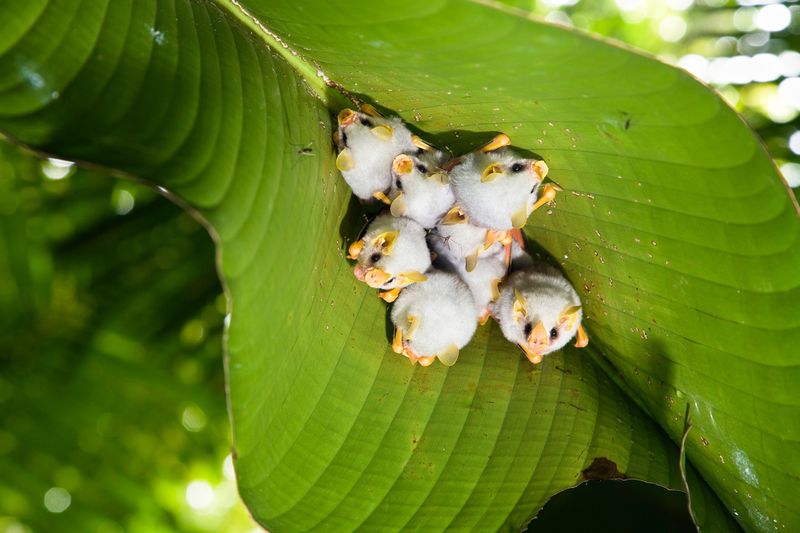
Unlike their noisy bat relatives, Honduran White Bats lead a rather quiet life. They rely on their eyes and ears more than echolocation.
Their silent nature allows them to remain undetected by predators, giving them an edge in the wild. It’s like living in stealth mode, where silence is a key survival skill.
8. A Rare Gem
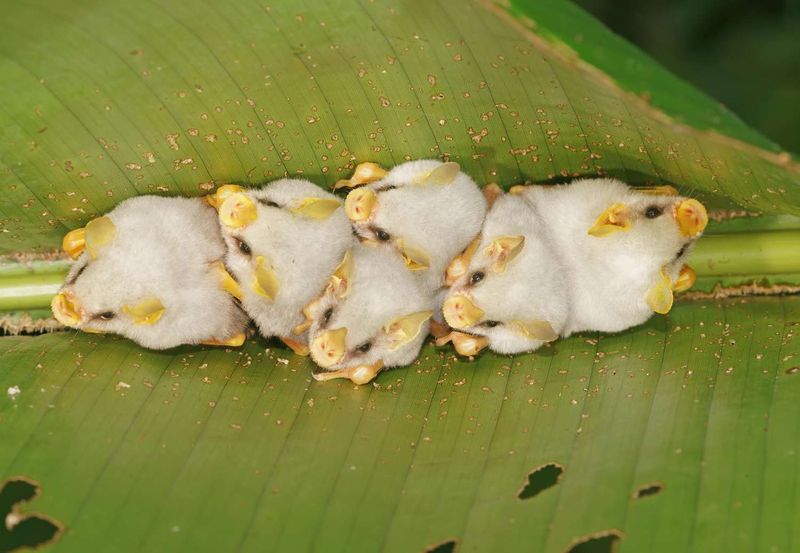
Spotting a Honduran White Bat is like finding a rare gem in the wild. These bats are not only unique in appearance but also in their scarcity.
Found primarily in Central America, they are considered a rare sight even for seasoned wildlife enthusiasts.
Their rarity adds to their allure, making them a prized observation for anyone lucky enough to encounter them.
9. Guardians Of The Rainforest

Though they might be tiny, Honduran White Bats have a big role in their ecosystem. As fruit eaters, they help with seed dispersion, ensuring the growth of new plants.
This contribution is vital for maintaining the lushness of the rainforest. Think of them as the guardians of their green world, quietly keeping things in balance.
Their ecological importance is a reminder of how even the smallest creatures can make a significant impact!
10. A Conservation Concern
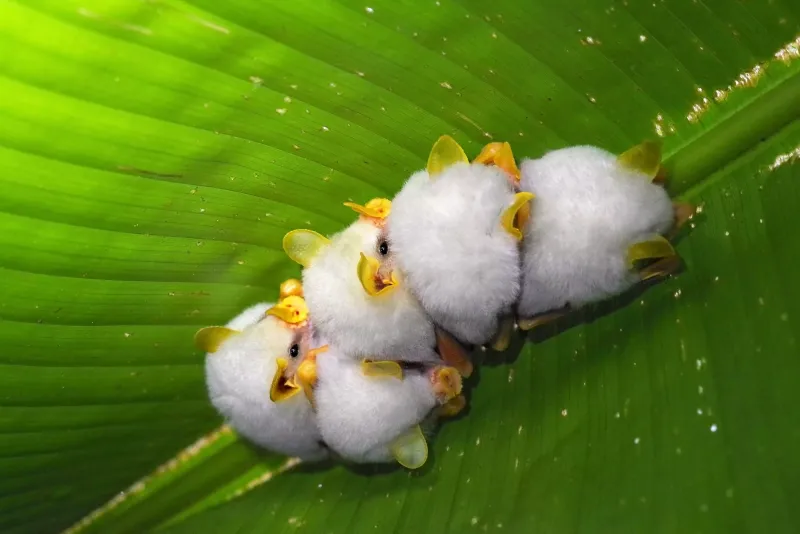
The Honduran white bat may be adorable, but its future is at risk. As rainforests in Central America shrink due to deforestation and agriculture, these tiny creatures lose the large leaves they depend on for shelter.
Because they roost so close to the ground and in small groups, they’re especially vulnerable to habitat disturbance.
Though not yet endangered, they are classified as near-threatened. Protecting their habitat is crucial to keeping these cloud-colored bats fluttering through the forests.


